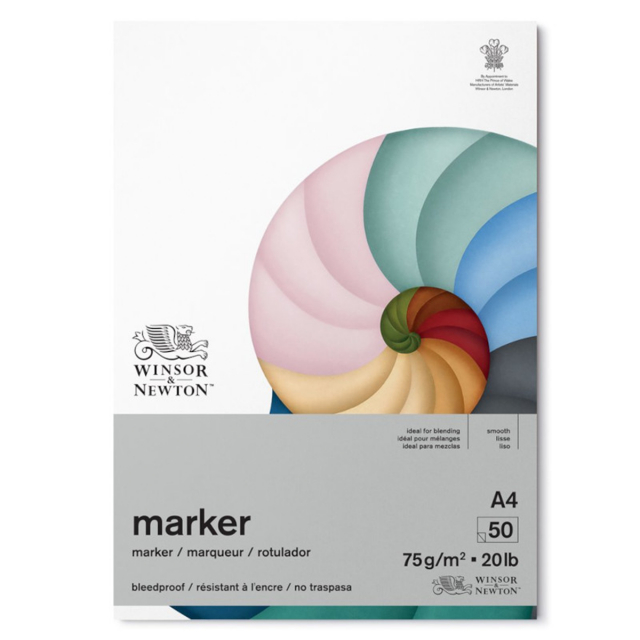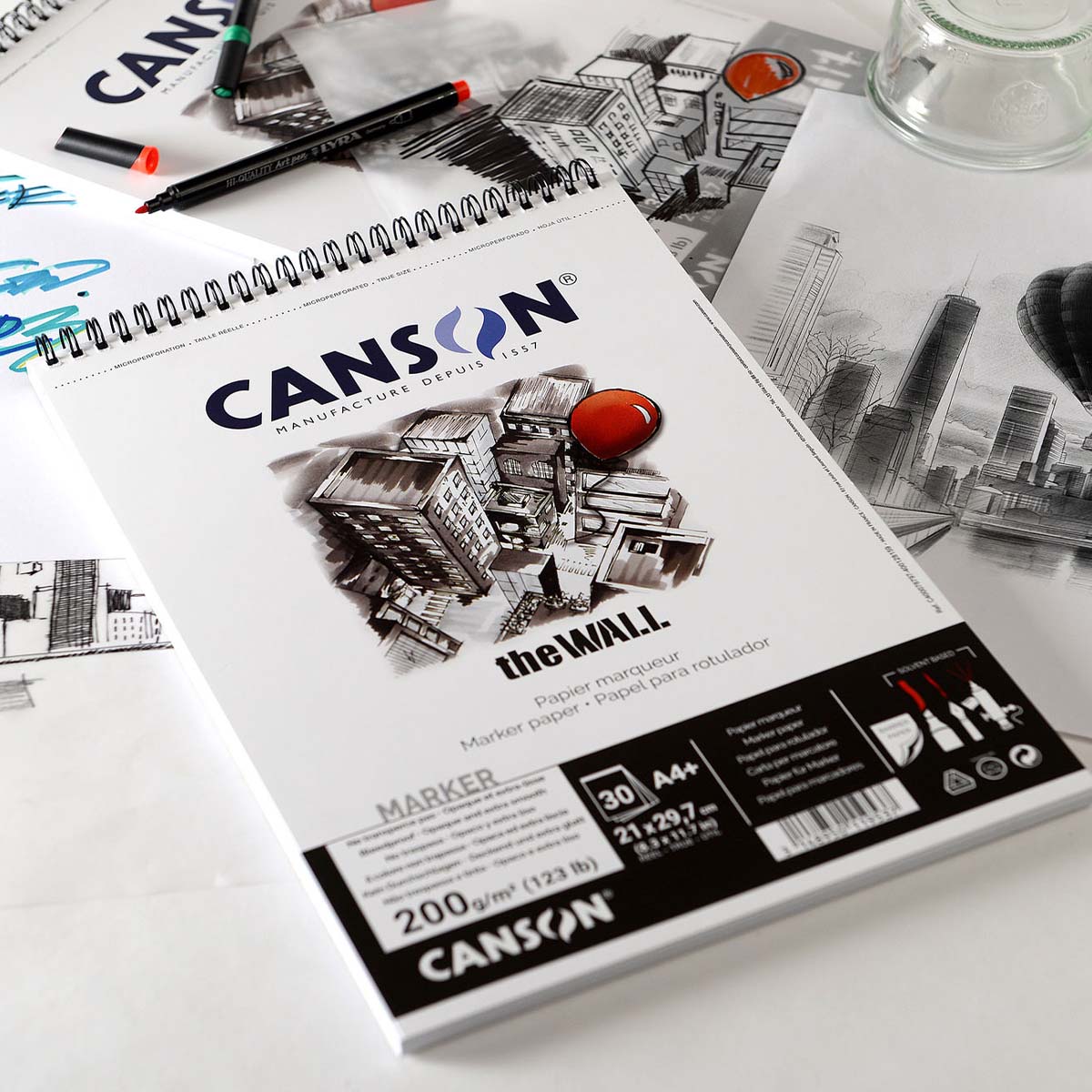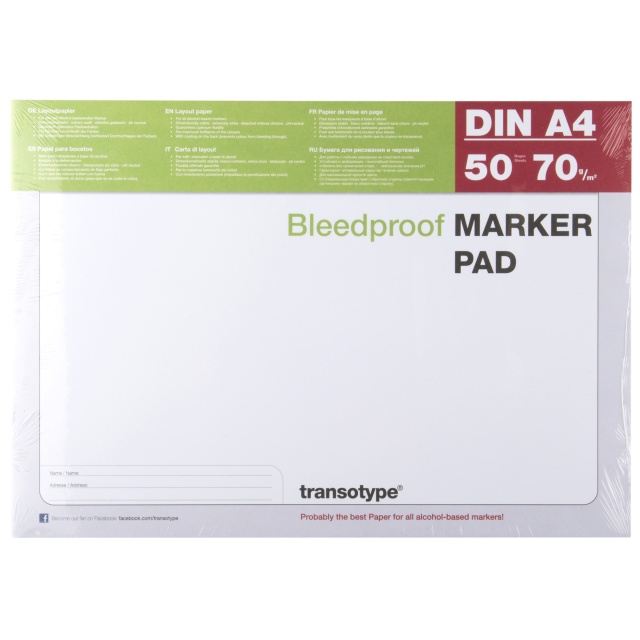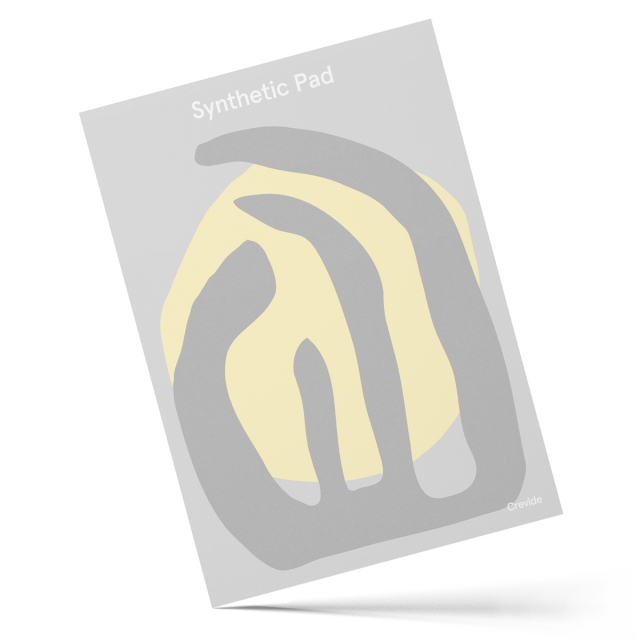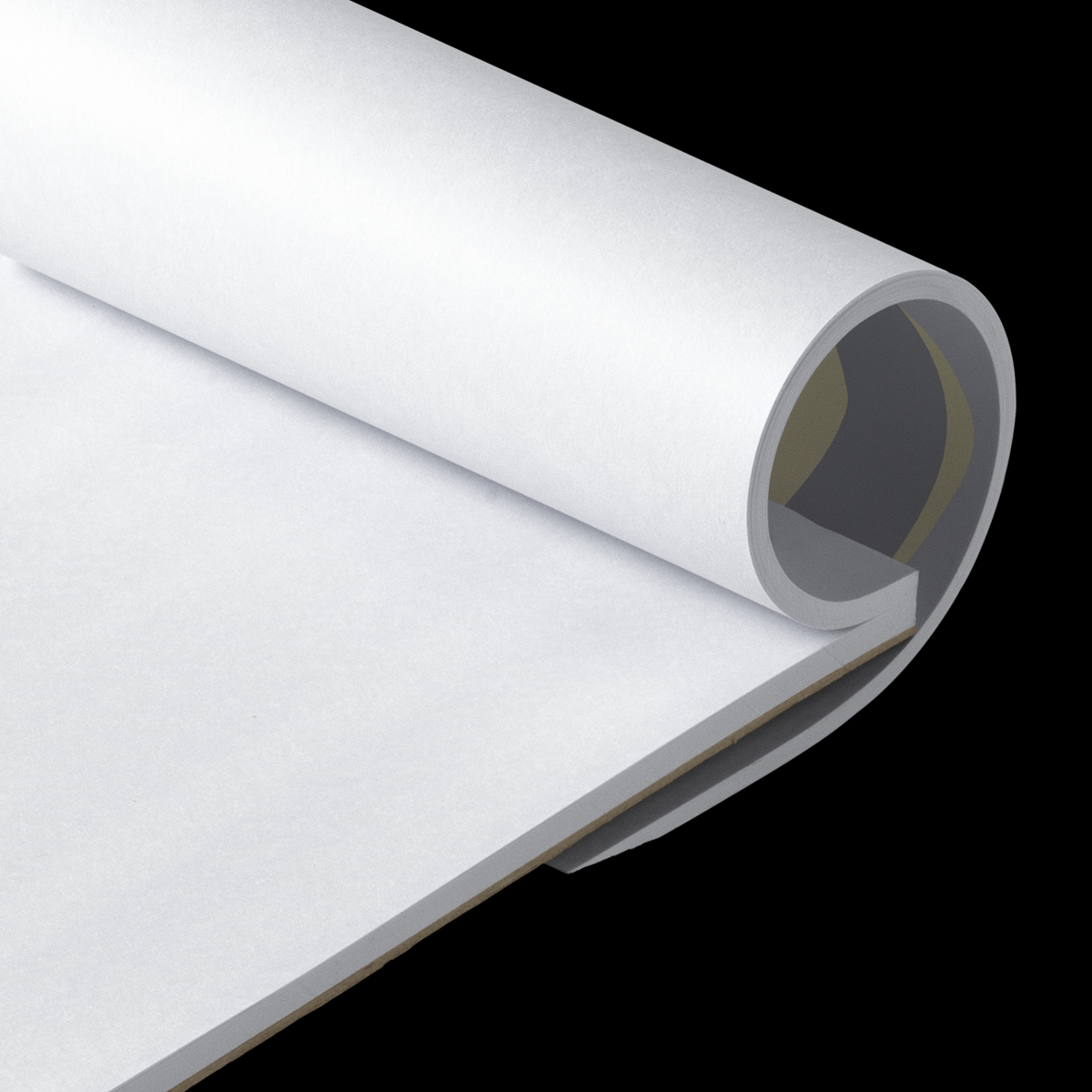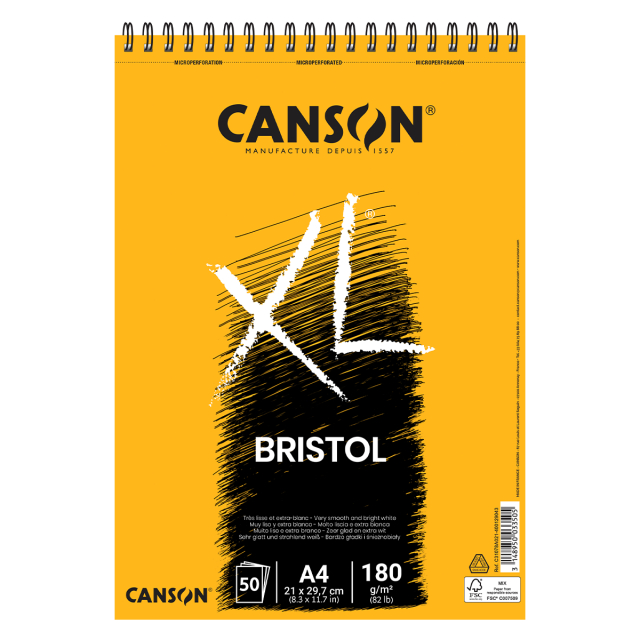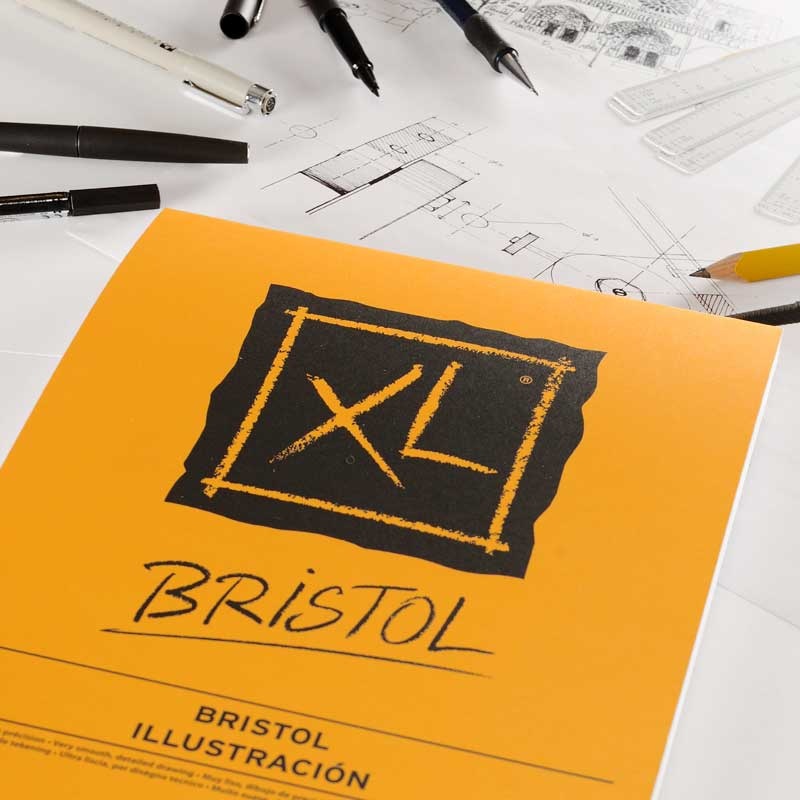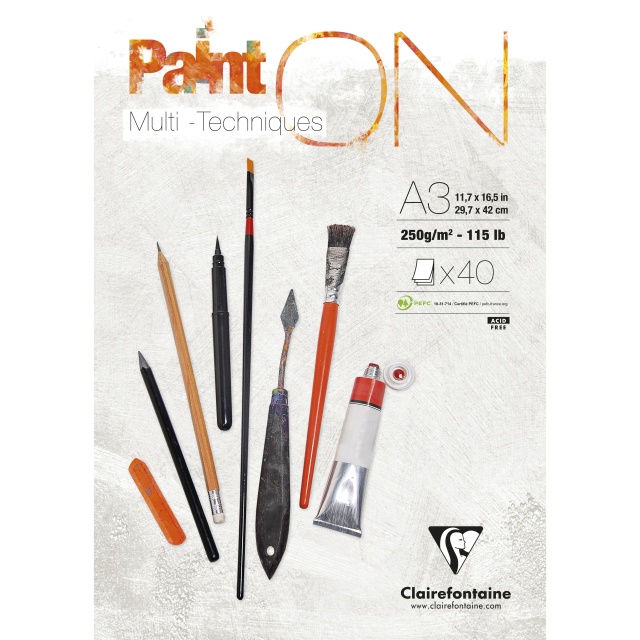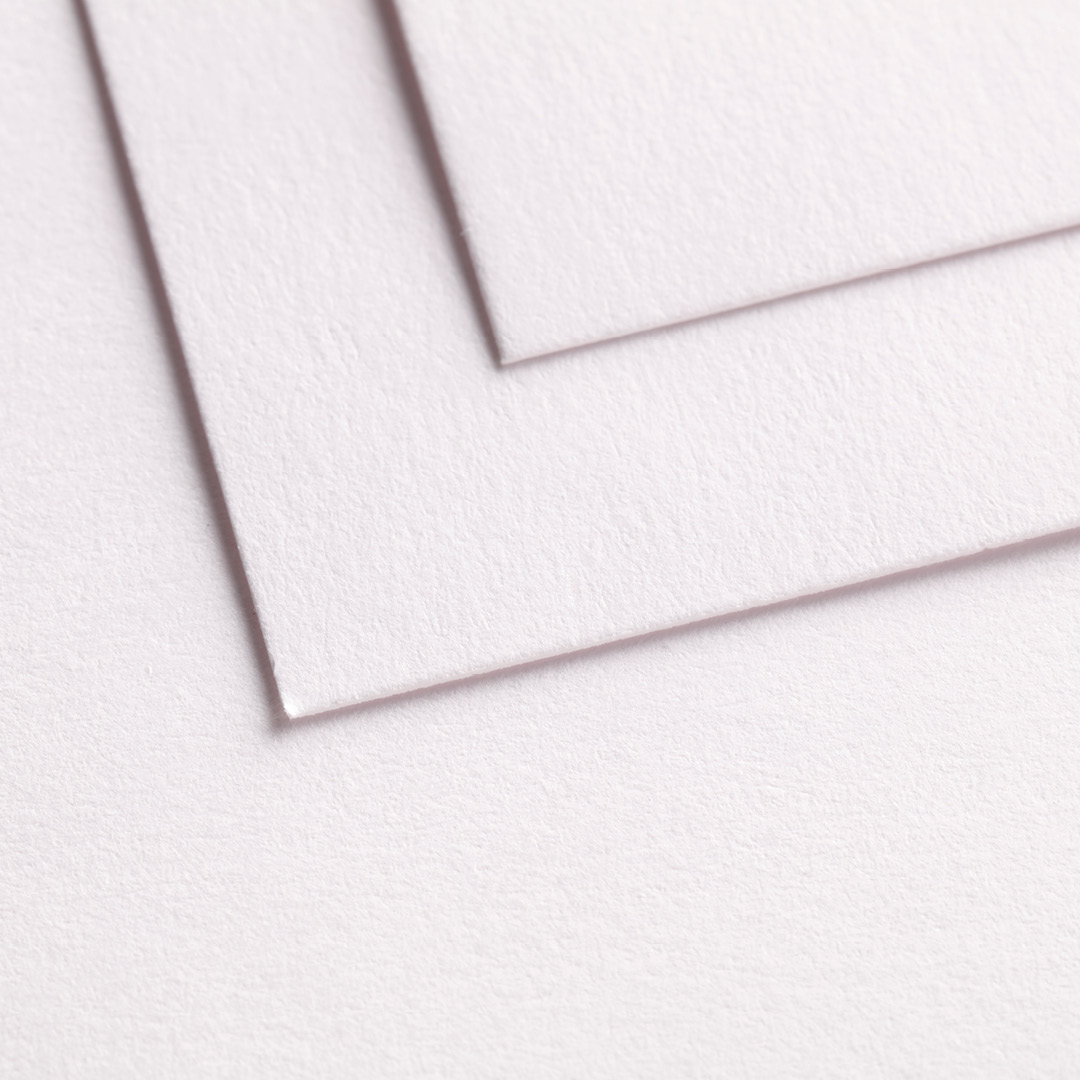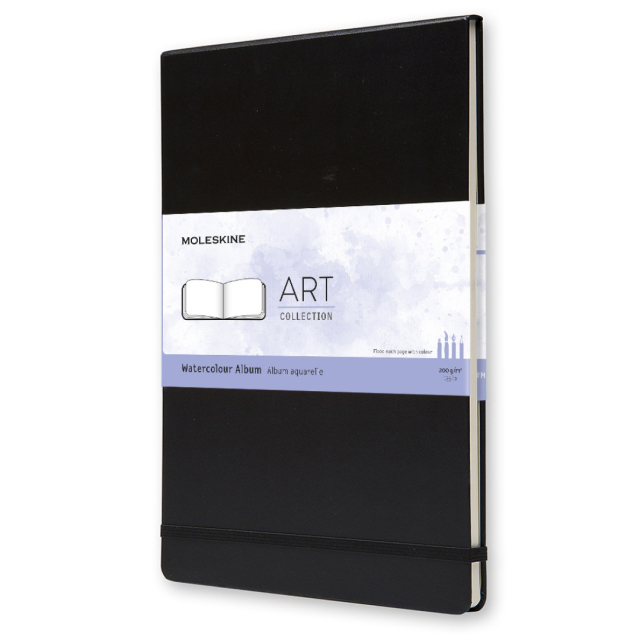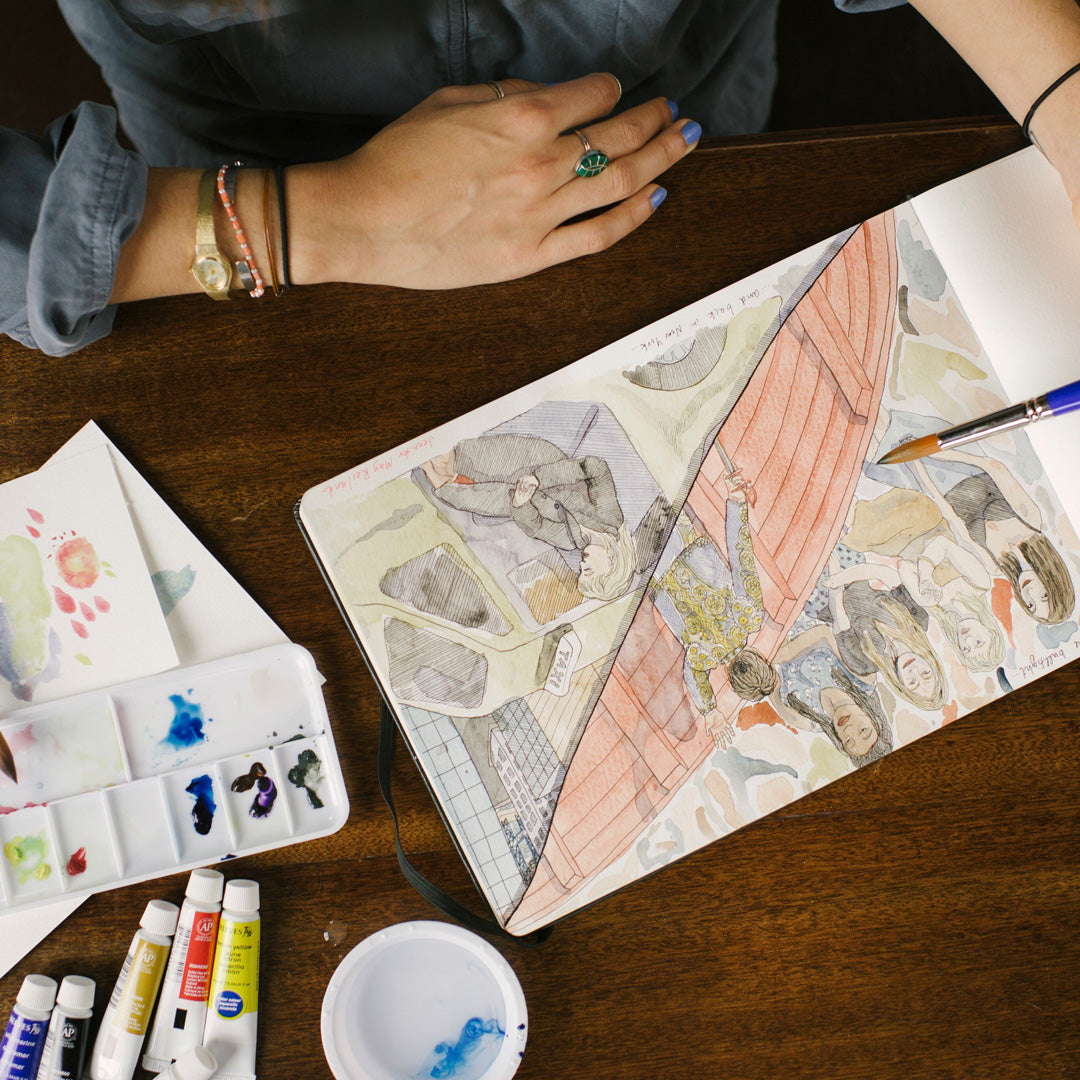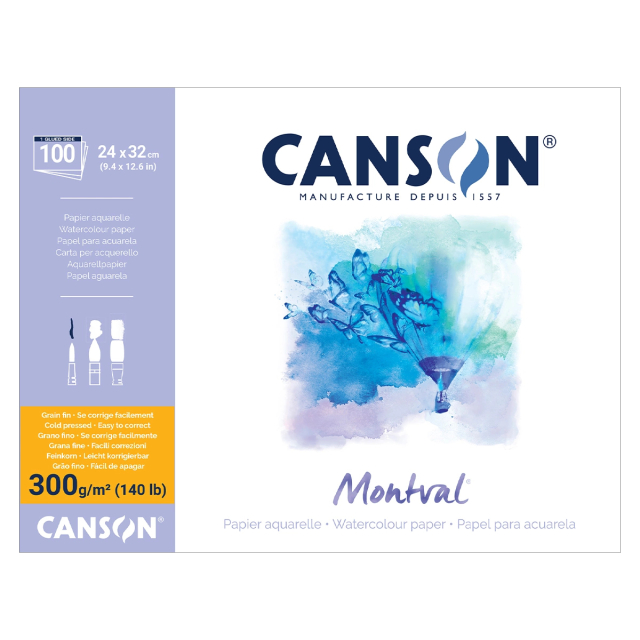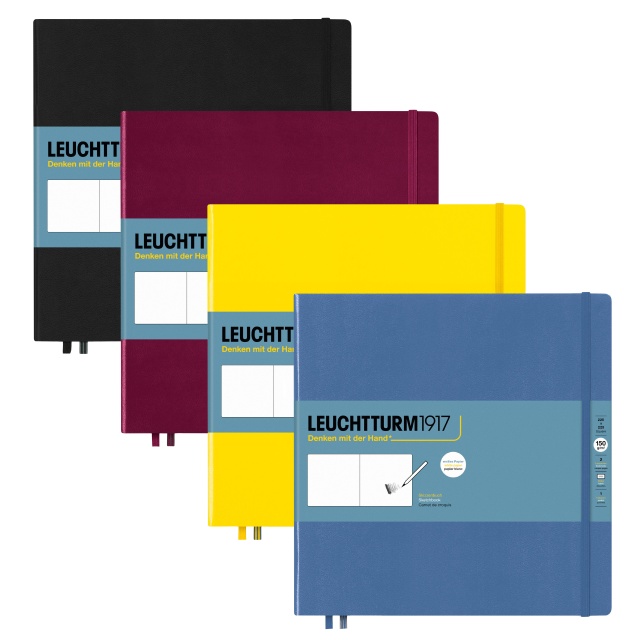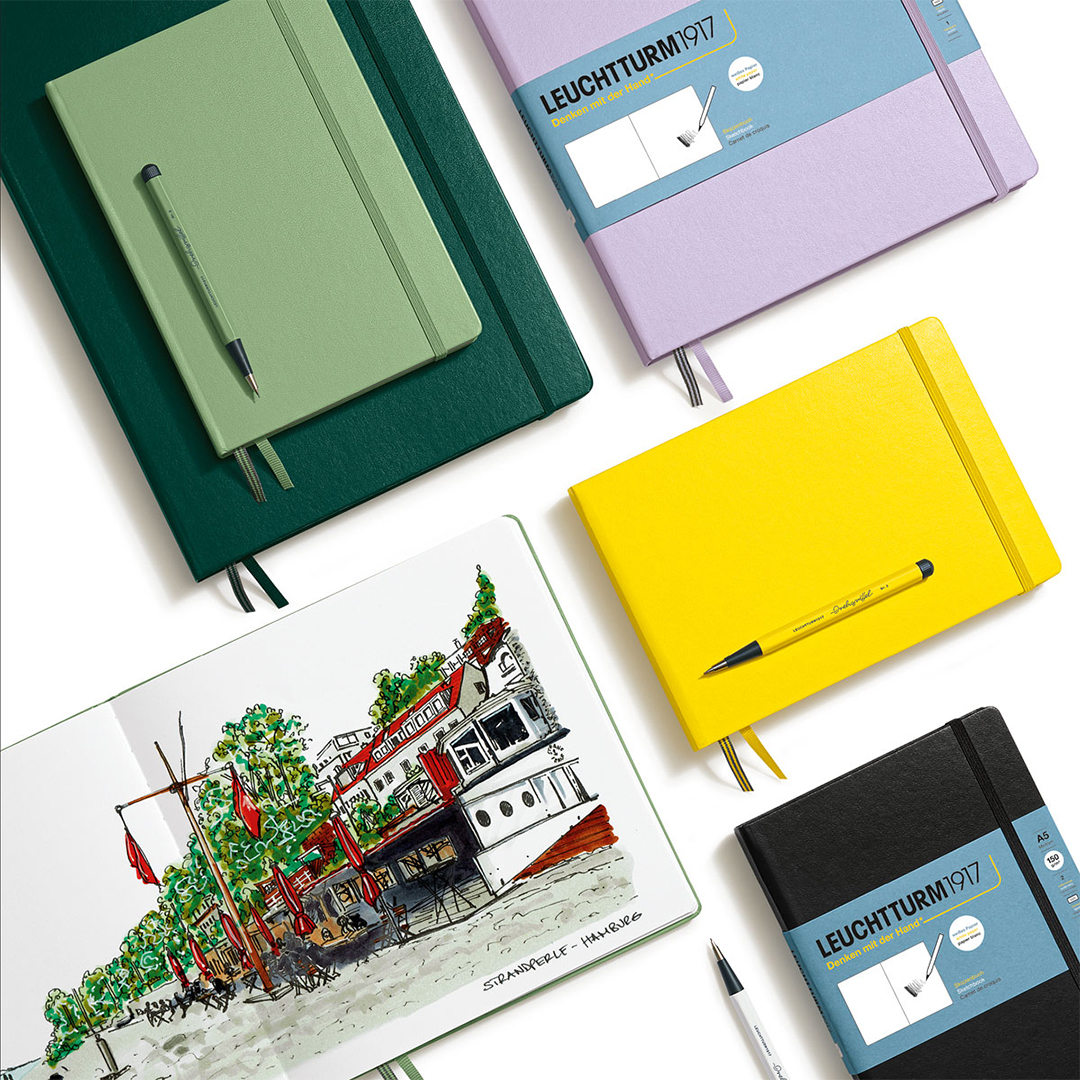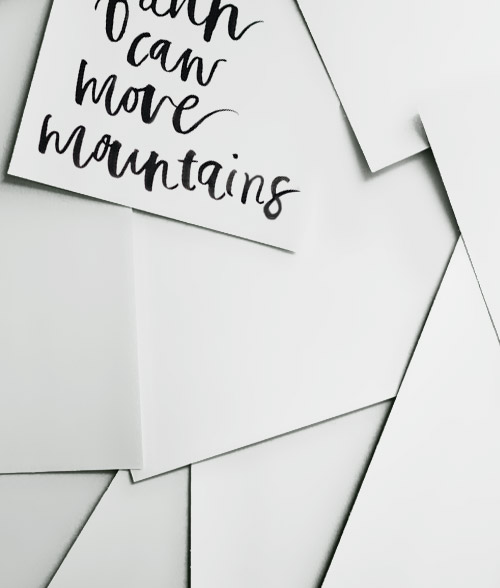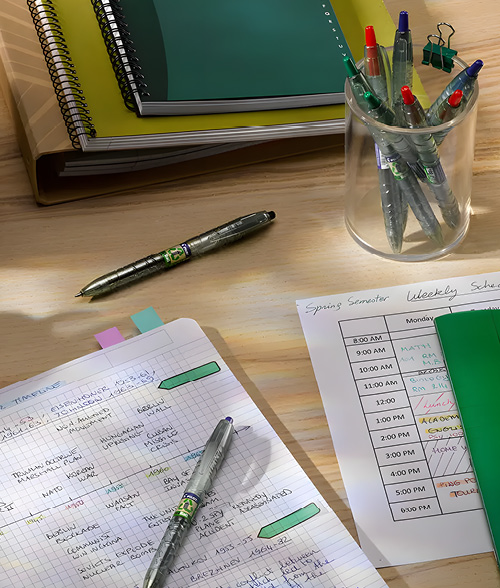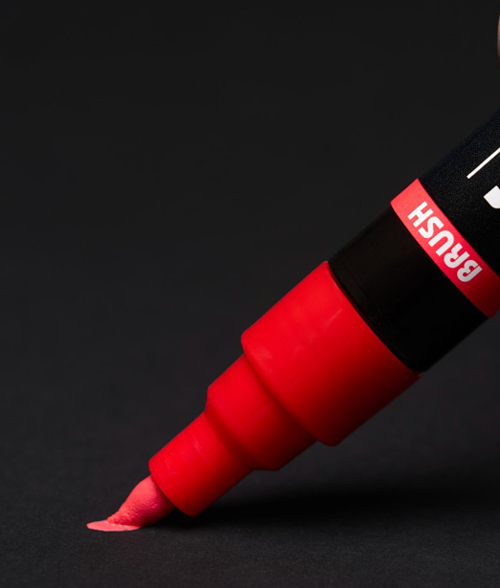When working with markers, the choice of paper is crucial to the final result. Good marker paper should withstand multiple layers of colour and allow seamless ink blending directly on the surface. In this guide, we’ll cover everything you need to know: what makes good marker paper, and what’s the difference between paper for water-based and alcohol-based markers?
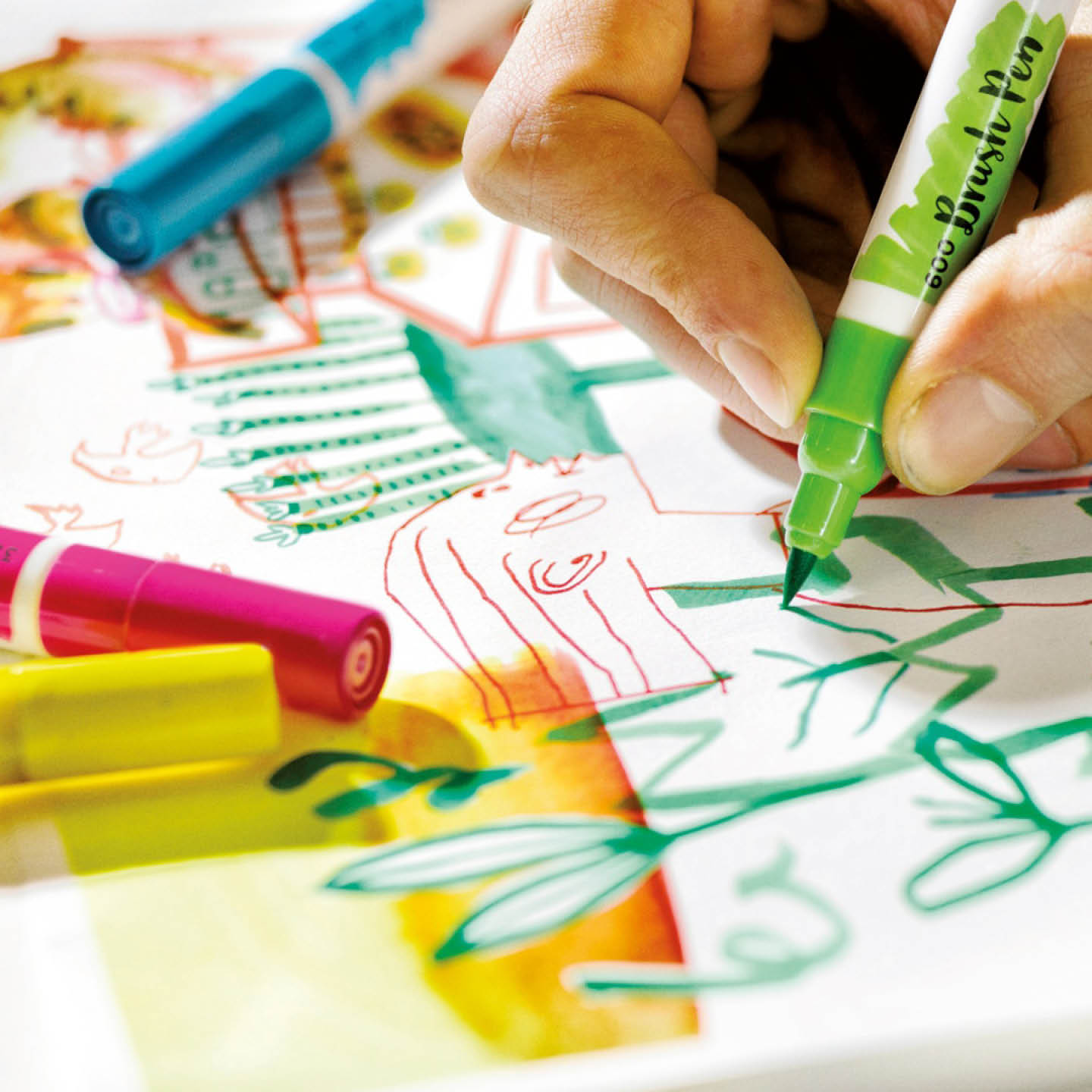

Alcohol-based markers
The very best paper for alcohol-based markers (Promarkers, Copics and similar) is marker paper. The smooth, specially treated surface keeps the ink on top of the page rather than letting it soak in, giving you vibrant colours and the ability to blend them with control.
The glossy, texture-free surface is essential for working with small details and clean lines, while also being gentle on the nib. Many are surprised that marker paper is relatively thin, but this is actually an advantage. Its thin structure is combined with a wax treatment on the back side, which effectively prevents the ink from bleeding through to the next page.
We firmly believe marker paper is the best option, but if you're working with light layers or doing simpler sketches, regular drawing pads or colouring books can certainly be used as well.
Paper for alcohol-based markers
- Marker paper
- Colouring books (won’t work well if you plan to draw on both sides of the page)
Water-based markers
There are different types of pens within the category of water-based markers, each requiring its own kind of paper.
Paper for acrylic markers
Acrylic markers (Posca, Copic Acrea Marker, Artline Decorite Brush Marker, and Sharpie Creative Marker) are opaque and don’t bleed through paper. These markers are often used in layers, so paper that’s porous may tear, and thin paper may buckle. That’s why it’s important to choose paper with a smooth, treated surface and a higher weight if you’re working with thick applications.
- Marker pads
- Mixed media pads
- Sketchbooks with heavier pages
Tip! You can use acrylic markers on a wide range of surfaces beyond paper: porcelain, ceramics, fabric, glass, and metal. Your imagination is the only limit!
Paper for watercolour markers
With watercolour markers (Faber Castell Watercolour Marker, Tombow and Promarker Watercolour Markers), you work with a gentle technique where the brush tip glides softly across the surface. That’s why the paper doesn’t need to be coated or completely smooth. For watercolour markers, we primarily recommend watercolour paper. Extra-fine brush tips benefit from a smooth grain to avoid fraying.
Paper for water-based brush pens
For bullet journaling, lettering, and illustration, the brush pen is a popular marker for small details and flowing, fine lines. The most important thing when working with brush pens is to choose paper with a smooth surface that won’t damage the delicate tip. That’s why it’s best to opt for coated paper (paper with a surface treatment). Below are a few recommended options for working with water-based brush pens:
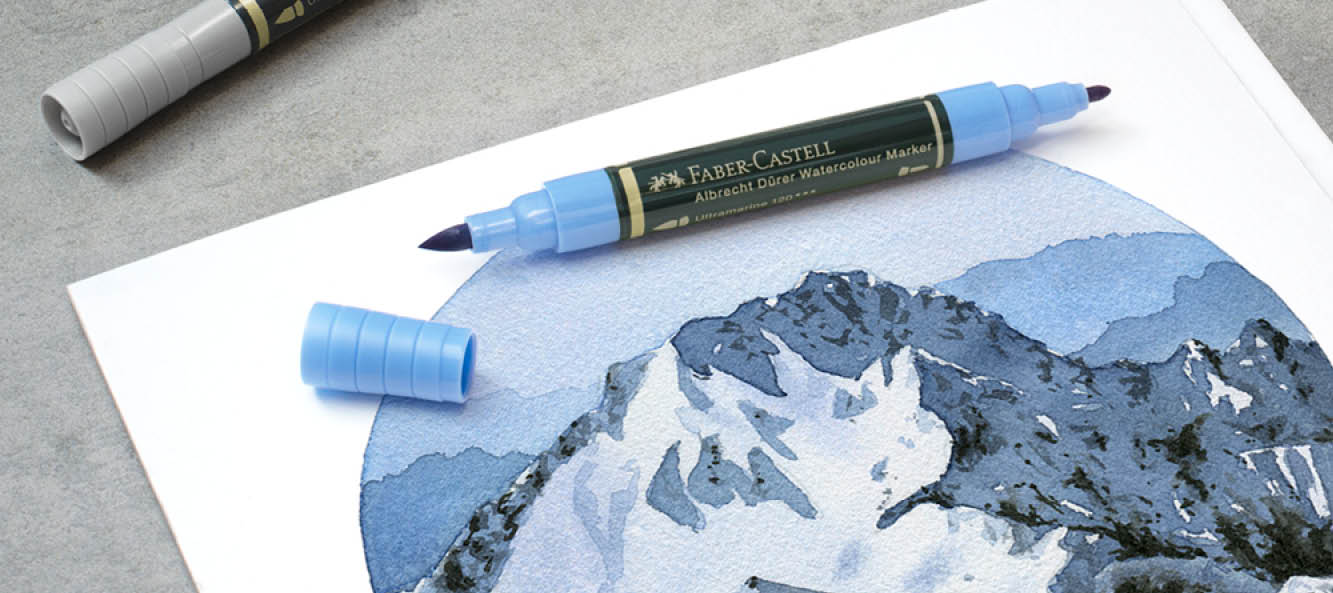

 United Kingdom (GBP)
United Kingdom (GBP)
